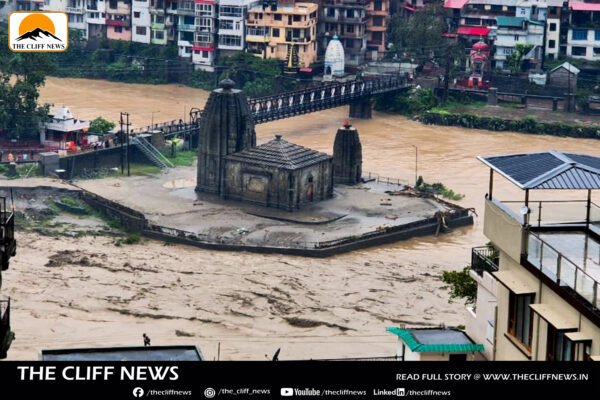Himachal Pradesh Devastated by Monsoon Fury: 63 Dead, 34 Missing, Crores in Damages
Himachal Pradesh, reeling under the impact of relentless monsoon rains, is facing one of its worst natural disasters in recent years. As of July 4, at least 63 people have been confirmed dead and over 30 are still missing amid a series of cloudbursts, flash floods, and landslides that have swept across the hill state. Authorities have issued a red alert for heavy rain in all districts till Monday, July 7, as the weather continues to hinder relief and rescue efforts. Rs 400 Crore in Recorded Damages – Real Losses Likely Higher According to D.C. Rana, Special Secretary of the State Disaster Management Authority, the state has suffered property damages worth over ₹400 crore, though he warned the actual figure is likely far higher. “Our focus now is on search, rescue, and restoration. A detailed damage assessment will take time,” he told reporters. Mandi: Epicenter of the Disaster Mandi district has emerged as the worst-hit, with 17 deaths and at least 40 people missing, particularly in the Thunag and Bagsayed areas. Both fall under the Assembly constituency of former Chief Minister and Leader of the Opposition Jairam Thakur. Other badly affected areas include Karsog and Dharampur. District-Wise Death Toll: Across the state, over 100 people have been injured, and more than 500 roads are blocked due to landslides and debris. Infrastructure in Ruins The resulting shortages of water, electricity, and food have triggered concerns of a looming humanitarian crisis. Terrifying Visuals Surface Chilling videos from the state have gone viral online, showing raging rivers, mudslides, and entire homes being swept away. One video from Shimla’s Dhalli suburb captured a massive landslide crashing into a hillside settlement. In Sirmaur, a landslide in Shillai along NH-707 showed boulders and mud tearing across a road, as people screamed and scrambled to safety. 🟡 Watch Dhalli landslide clip on DD News Himachal🔴 Watch Shillai landslide video on X Relief Efforts Underway Multiple search and rescue operations are ongoing with NDRF, SDRF, and local police deployed in affected regions. However, access remains a major challenge in cut-off areas due to road blockages and communication breakdowns. As monsoon rains continue, the state government has urged extreme caution, especially for tourists and pilgrims, advising against travel to the hills. The coming days are expected to be critical, as weather conditions, rescue progress, and infrastructure restoration will determine how soon the battered hill state can begin its recovery.










